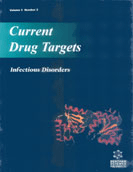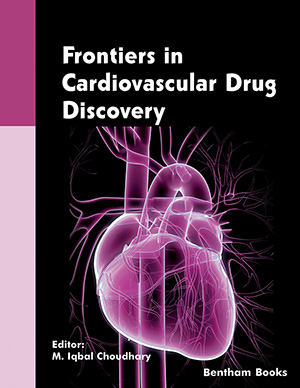
Abstract
Chronic obstructive pulmonary disease (COPD) is characterised by chronic obstruction of expiratory flow affecting peripheral airways, associated with chronic bronchitis (mucus hypersecretion with goblet cell and submucosal gland hyperplasia) and emphysema (destruction of airway parenchyma), together with fibrosis and tissue damage, and inflammation of the small airways. Inflammatory mediators include lipid mediators, chemokines, cytokines, growth factors, reactive oxygen species and proteinases. Increased levels of interleukin (IL)-6, IL-1β, tumour necrosis factor-α (TNF-α) and IL-8 have been measured in sputum, with further increases during exacerbations, and the bronchiolar epithelium over-expresses MCP-1 and IL-8. IL-8 and LTB4 can account for neutrophil chemotactic activity of sputum. The expression of chemokines such as RANTES and eotaxin may underlie the airway eosinophilia observed in some COPD patients. Reactive oxygen species can increase gene expression of many inflammatory mediators, such as IL-1 and TNFα from macrophages, alveolar and bronchial epithelial cells. TNFα and IL-1β stimulate macrophages to produced matrix metalloproteinase-9 (MMP-9), and bronchial epithelial cells to produce extracellular matrix glycoproteins such as tenascin. Increased expression of transforming growth factor-β (TGFβ) and of epidermal growth factor (EGF) occurs in the epithelium and submucosal cells of patients with chronic bronchitis. TGFβ and EGF activate proliferation of fibroblasts, while activation of the EGF receptor leads to mucin gene expression.
Keywords: Chronic obstructive pulmonary disease, cytokines, RANTES, leukotriene B4, tumour necrosis factor-α, transforming growth factor-β, interleukin-8
 9
9






















